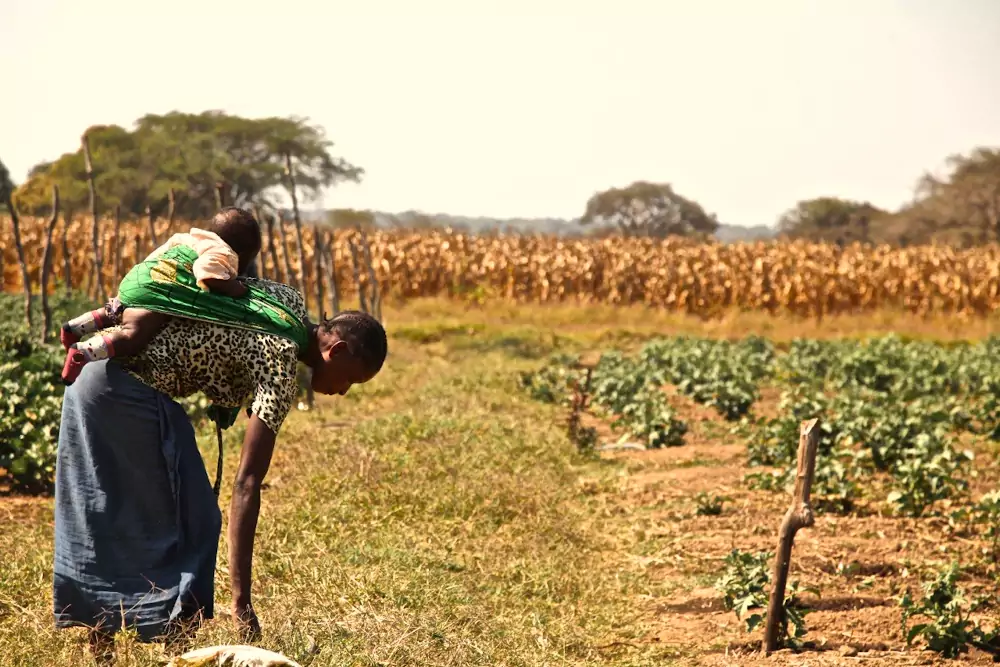Commitment to people, animals and nature
In addition to hosting chimpanzees, protecting and managing Chimfunshi's 10,000 hectares of land is an important part of CWOT's holistic approach.
The ecological and economic importance of the Chimfunshi area holds enormous potential. Its unique location in the Miombo Forest Area and on the headwaters of the Kafue River commit to the protection and sustainability of these all-important resources.

Miombo Forest Area
The Miombo Forest Area, where the Chimfunshi Wilderness Orphanage is located, provides a rich harvest of natural materials for the local population. It is the most important natural resource in the region. Chimfunshi protects this unique habitat over an area of approximately 4,200 Ha.
Kafue River
The Kafue River - socio-economically the most important river in Zambia - is Chimfunshi's border river. Its waters and wetlands suffer from overfishing, illegal fishing and destructive fishing practices, and important fish as well as bird species are threatened with extinction as a result. Chimfunshi is committed to protecting and conserving the region's immensely important water and wetland resources.
Social commitment
Chimfunshi's comprehensive approach also includes supporting the local community, creating educational and employment opportunities for Chimfunshi residents and beyond, as well as providing schooling and primary health care for the local population.
In addition, Chimfunshi cooperates with local small farmers through trade and mutual exchange of goods. In this way, Chimfunshi provides numerous jobs in the region and many local families with a modest prosperity and adequate living conditions.
Chimfunshi combines animal, nature and environmental protection with "help for self-help" for the people of the region in one of the poorest countries in Africa.
